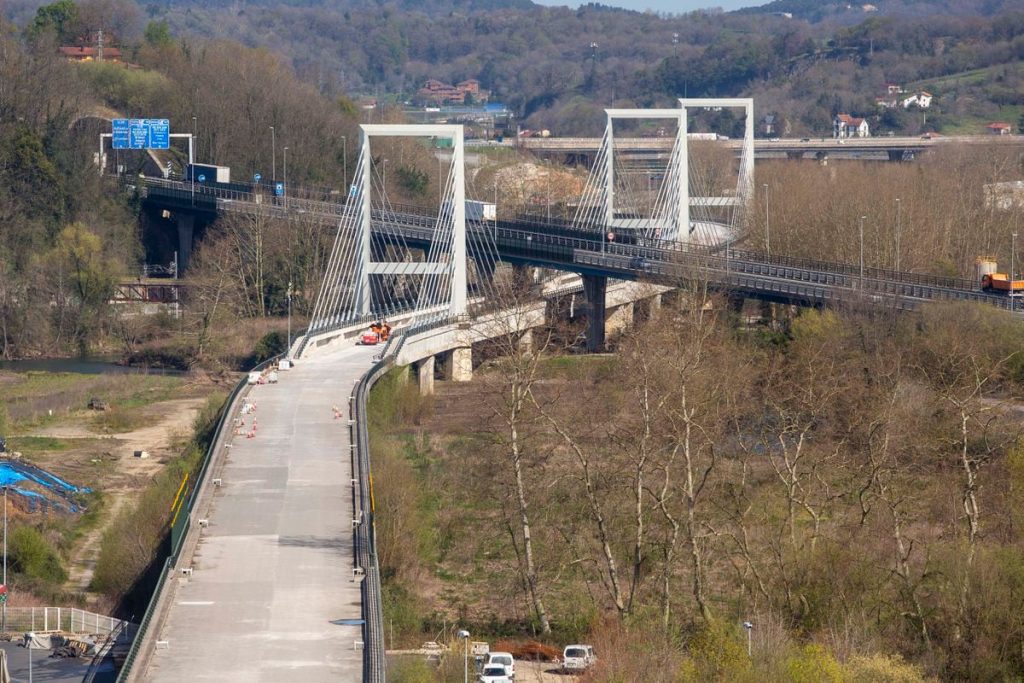The Abando railway station in Bilbao is a bustling hub of activity as commuters rush to catch their trains. The long-awaited high-speed rail project known as the Y vasca has faced numerous delays over the past three decades, causing frustration among potential users. The project was first announced in 1989 by the government of Felipe González and was seen as a key infrastructure project by the European Union. However, various obstacles such as economic crises, disagreements between central and regional governments, and attacks by the terrorist group ETA have slowed down progress. Despite the majority of the rail infrastructure being completed, challenges remain in terms of access to major cities and connections to France.
The Y vasca project aims to connect the three provinces of the Basque Country with each other and with the central region of the Iberian Peninsula and France. This ambitious project involves building 172 kilometers of railway tracks, has already consumed 4.6 billion euros, and is expected to serve around four million passengers annually. The current estimate is that the high-speed rail service will be fully operational in 2027, with the AVE reaching Bilbao by 2033. Once completed, travel times between major cities in the Basque Country and other parts of Spain are expected to be significantly reduced, with the journey from Bilbao to Madrid taking four hours and fifteen minutes.
The political support for the Y vasca project is strong, with the PNV, PSE-EE, and PP parties all backing the initiative. However, opposition from groups such as EH-Bildu, who criticize the environmental impact and cost of the project, remains. The Basque nationalist party proposes alternative solutions such as updating the existing railway network and improving connectivity. With the upcoming elections, the future of the Y vasca project may be influenced by the outcome and the priorities of the winning party. Despite the challenges, progress has been made in the construction of the rail infrastructure, and there is hope that the project will soon be completed.
The construction of the high-speed rail line will have a significant impact on urban planning, with plans to preserve historic elements and improve pedestrian access and public transportation connections. The new infrastructure is expected to bring prosperity and improve transportation links between the Basque Country and the rest of Spain. The collaboration between the regional and central governments has been crucial in overcoming the various hurdles and moving the project forward. While the financial burden of the project lies with the central government, the Basque Country has played an active role in advancing the construction and ensuring its completion.
Despite the challenges and delays, progress is being made towards the completion of the Y vasca project. The threats posed by ETA have been overcome, and the focus is now on addressing technical complexities and orographic obstacles. With the majority of the rail route consisting of tunnels and viaducts, the project presents significant technical challenges. The final phase of construction and the completion of access points to major cities are expected to be completed by 2025. The determination and collaboration between government entities and stakeholders are essential in driving the project towards its ultimate goal of transforming transportation in the Basque Country.


